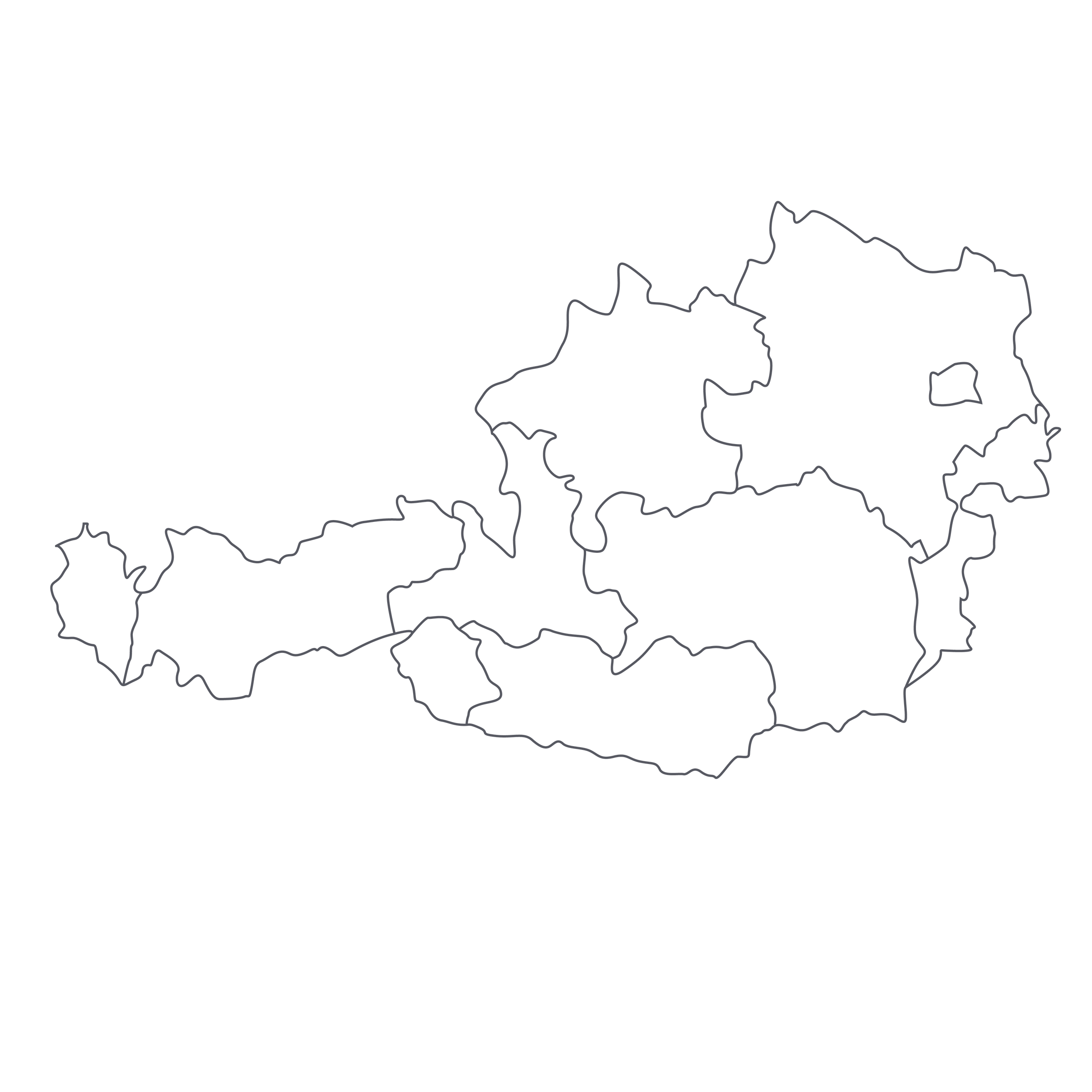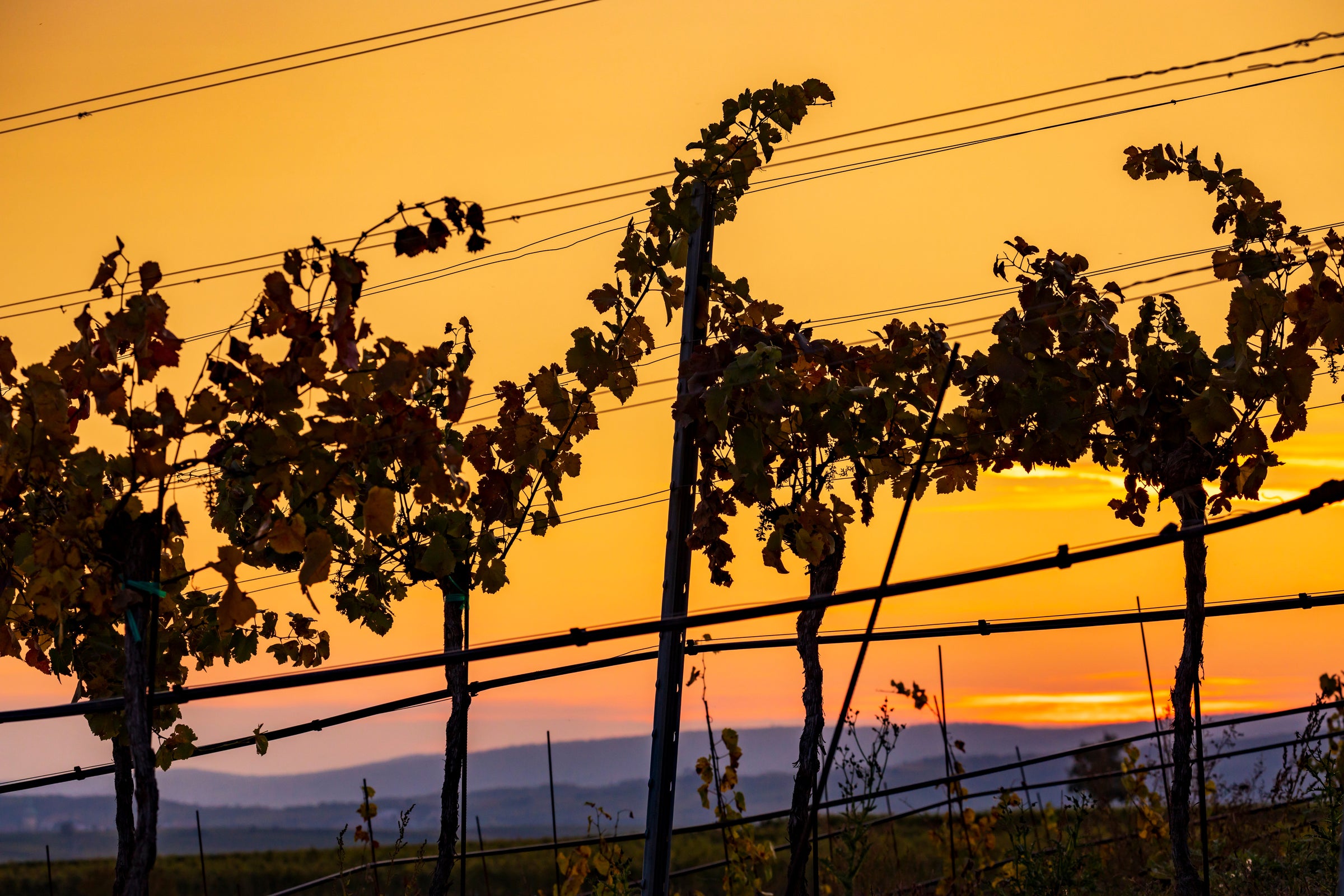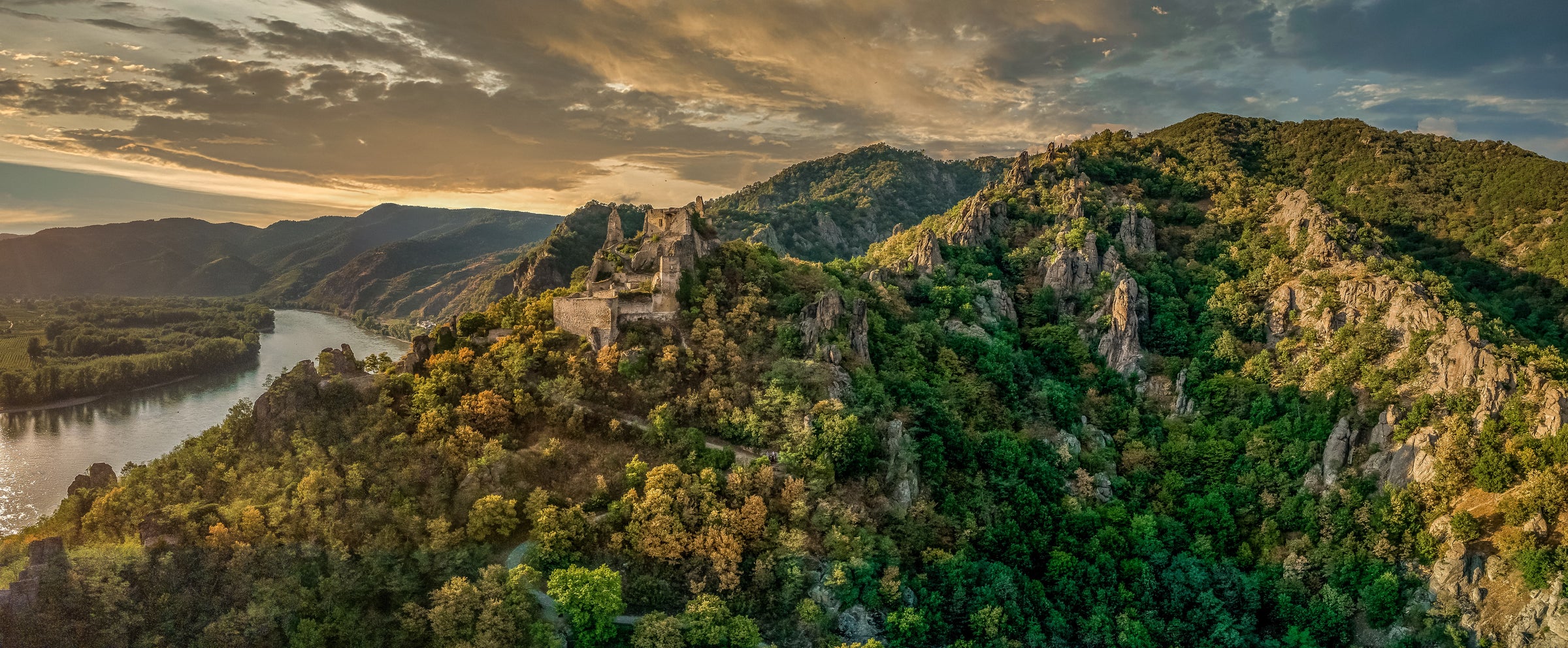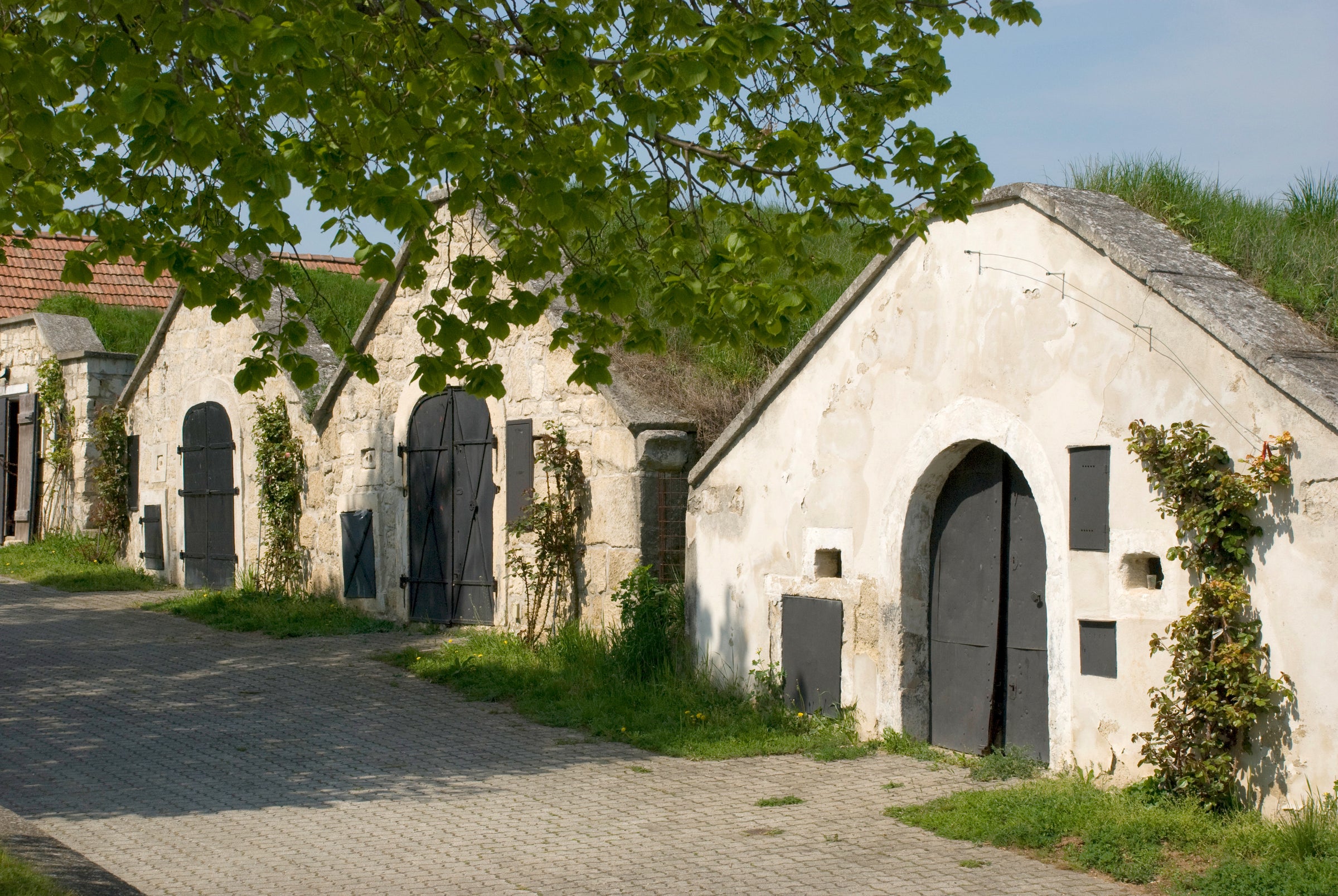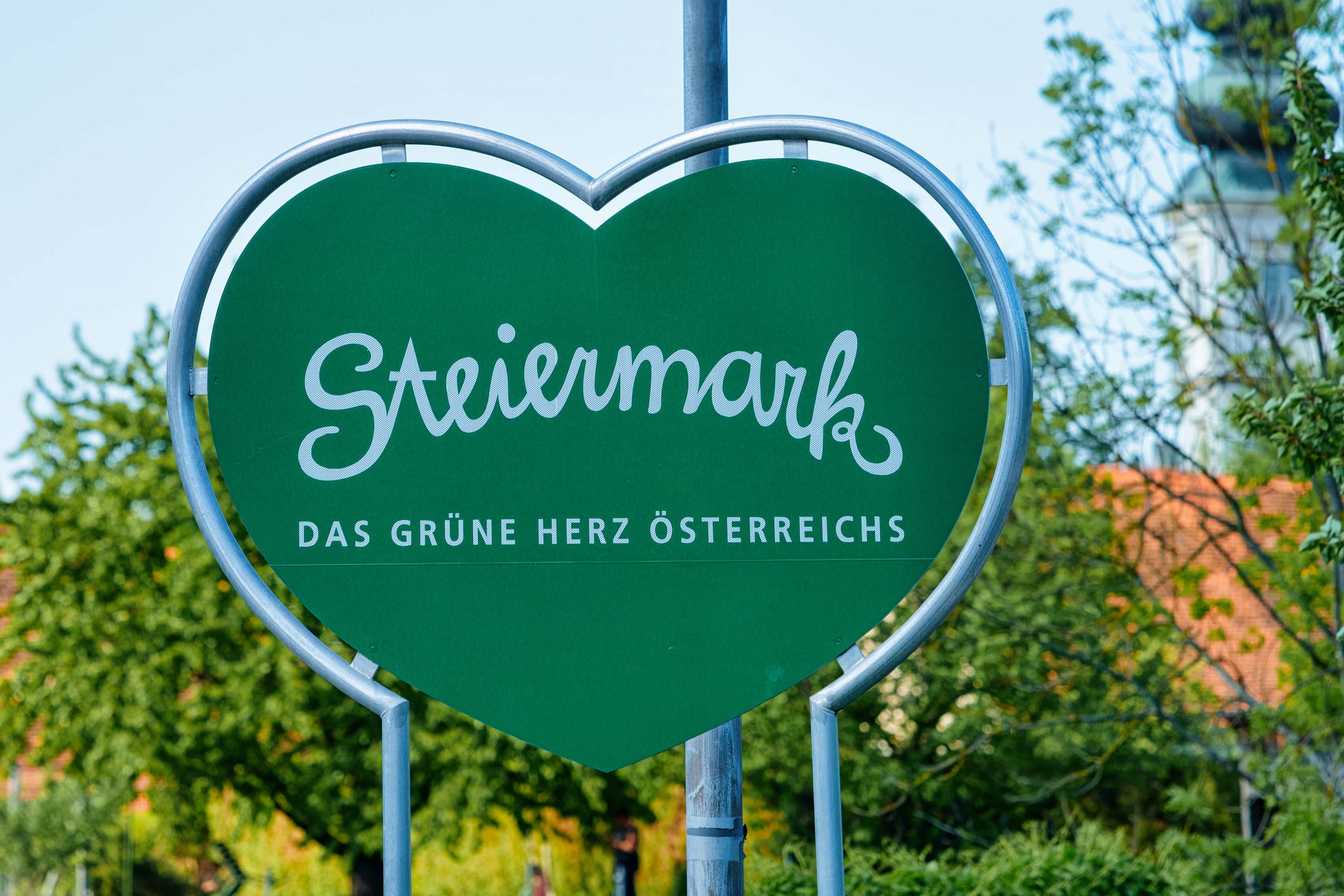Just an hour north of Vienna perched above the Danube River, the Wachau offers a dramatic vista of steep, terraced vineyards and a magnificent landscape akin to an ancient, green amphitheater, which consequently garnered the appellation the extraordinary UNESCO World Heritage Site designation. The triangular, walled, “Ried (vineyard) Schütt” is nestled on the sweet spot at the base of the famous Loibenberg terraced hillside just past the Hohereck vineyard. Historically one of the most important single parcels in all of the Wachau, Schütt, which belongs solely to the Knolls and appropriately translates to, “debris,” is a unique geological deposit of complex minerals that have collected on this treasured spot due to centuries of weathering, its flattened shape midway down the slope and a small gully that rests above. The result is a compact, indescribably complex mineral concentration that is more intense and inimitable than any Riesling I have ever tasted.
The precise minerality derived from this exclusive parcel is just one of many factors that contributes to the outstanding complexity found in the glass. Emmerich Knoll III is an incredible steward of his estate, which has been has been family owned and operated for over three generations. He embraces traditional winemaking techniques and feels it is crucial to heap ample attention to the unique holdings in his vineyards while exercising minimal intervention in the cellar. From my personal experience, I have found Emmerich to be one of the most intelligent and kind people I have encountered on my wine travels. When he speaks about wine, the room goes silent. He’s a true auteur winemaker who makes some of the finest dry Rieslings in the entire world. Dry Riesling, as well as Grüner, follows its own distinct classification system in the Wachau compared to the rest of Austria. A label of dry Riesling can be labeled as Steinfeder, Federspiel or Smaragd, which refers to ripeness level of the grapes at the time of harvest. Steinfeder, translating to “stone feather,” is the lightest style, harvested with the least amount of brix (sugar in the grapes), which translates to a maximum of 11.5% alcohol when bottled. Federspiel, named for the traditional, local art of falconry, is the next ripeness level and enjoys more texture and richness at 11.5% to 12.5% alcohol at bottling. Today’s offer is Smaragd, which is the most serious and celebrated style. Smaragd translates to “emerald,” and is named for the local, green lizard that surfaces from the hillside to eat the grapes when the ultimate ripeness level is achieved. Historically this was when they knew when to pick. The Smaragd level must attain a minimum of 12.5% alcohol but can reach as high as 15%. Smaragd is a rare treat and delivers a wine of unparalleled concentration of flavor, stuffing and density; this particular example is not only crafted by one of the world’s greatest producers, it is from one of the most coveted sites for Riesling across the globe.
This wine displays a vividly concentrated golden core with bright green reflections throughout. The vibrant and concentrated nose yields mind-bendingly complex aromas including yellow mango peel, yellow peach, kaffir lime and yellow pineapple core elevated by the fragrance of lemon blossoms, wild white flowers, dried honey and crushed white rocks. The ample palate is generous in flavor and texture, but is delightfully dry and balanced with extremely high acid. The smorgasbord of flavors confirm the nose with additional myriad tropical fruits, lime, lemon and an absurd array of finely crushed minerals of piercing concentration that leads to a finish that is seemingly infinite. I wouldn’t rush to drink this wine. It is truly something special and will offer layer upon layer of astounding complexity year after year as it ages over for the next few decades. That said, it will reach a divine place in its youth within 2-3 years and is drinking beautifully right now. If you do choose to enjoy a bottle, simply decant for an hour and serve at 50-55 degrees in a Bordeaux or all-purpose stem as a Riesling stem is a bit too constrained for the stunning display of aromatics that this beauty possesses. When pairing this concentrated Riesling, don’t be afraid to be bold and opt for a healthy dose of meat. I personally recommend
this traditional Austrian roasted pork dish, Schweinsbraten, coupled with mouthwatering dumplings and white cabbage.


